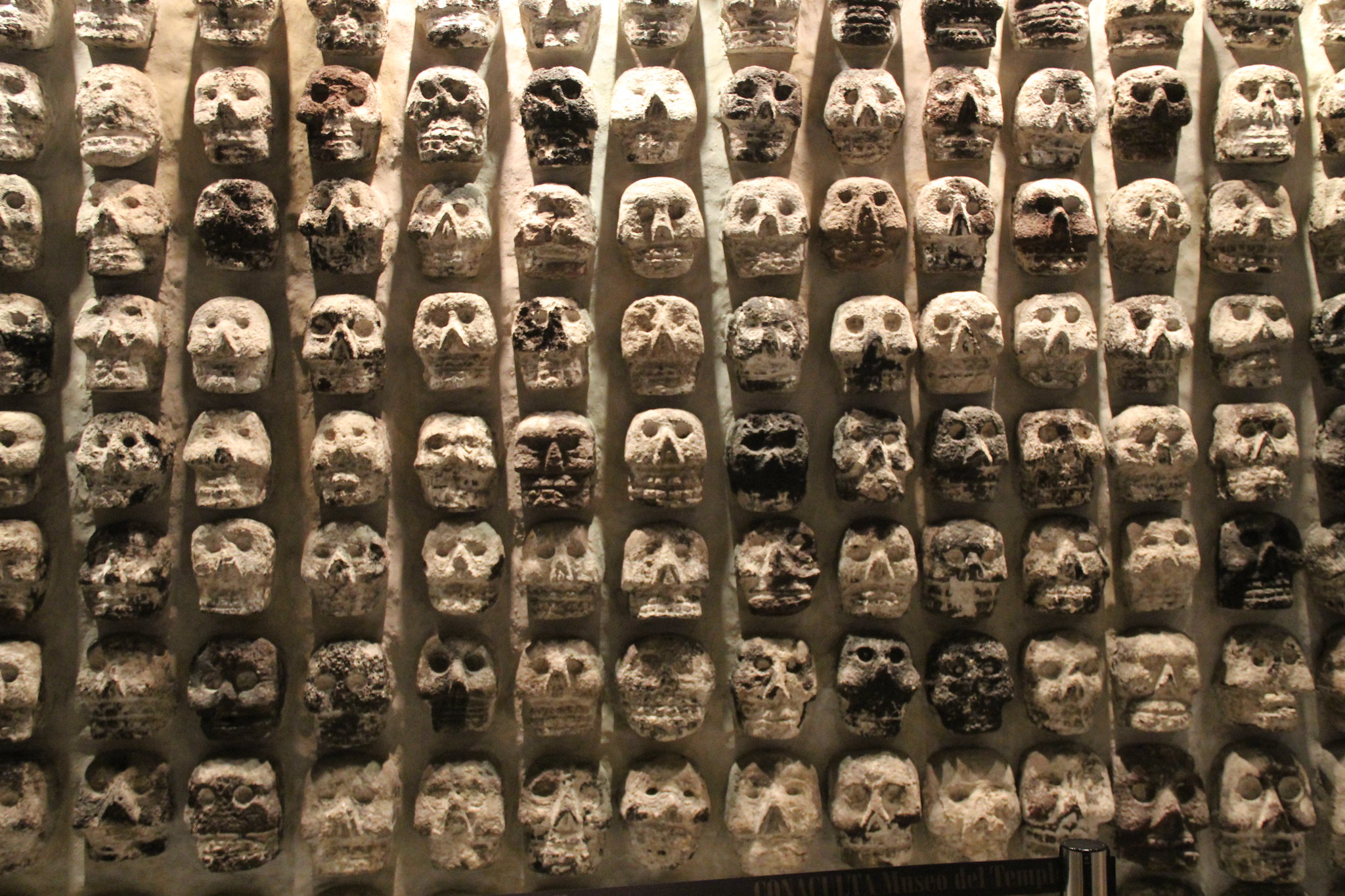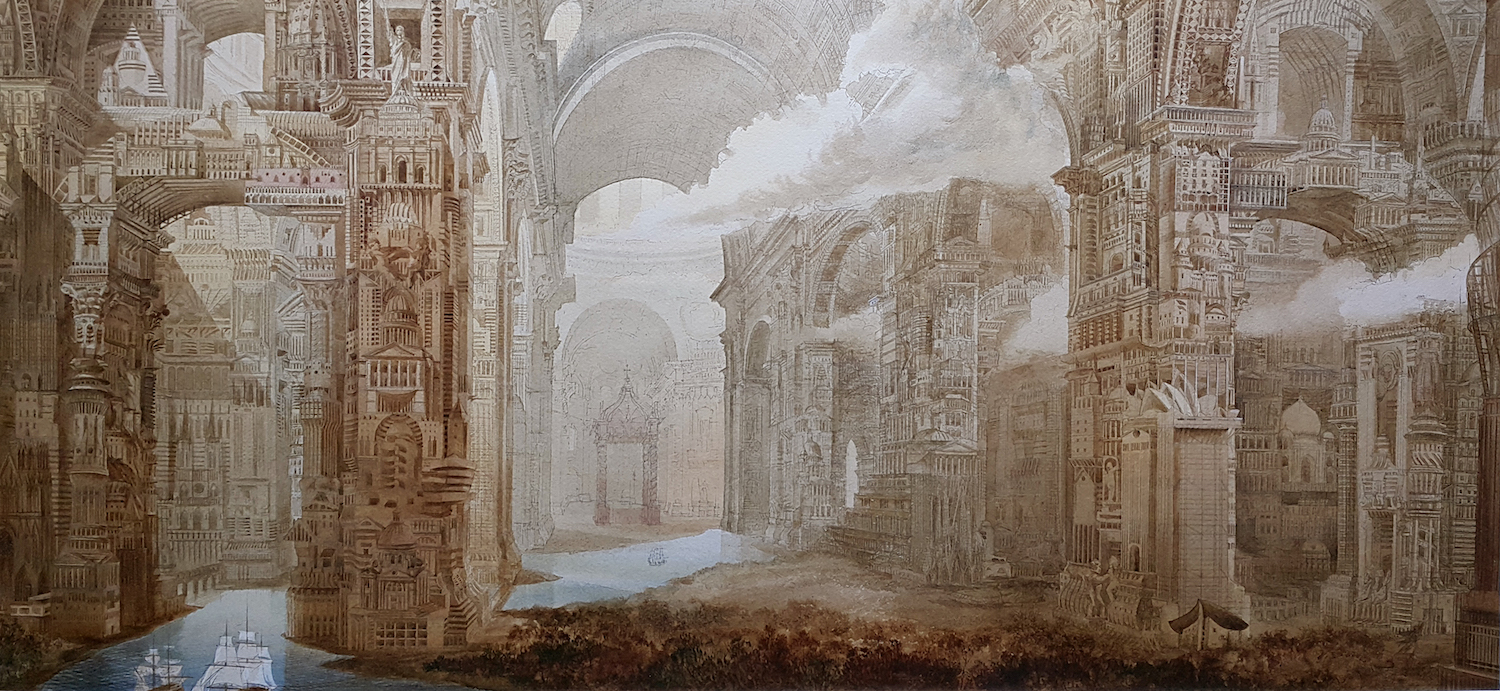
Begun in the mid-14th century, destroyed in the 16th and forgotten until the 20th, Templo Mayor was the centerpiece of Tenochtitlán—the precursor to Mexico City—and the Aztecs’ main temple. Tenochtitlán was located on an island in Lake Texcoco, a shallow body of water which today has mostly been drained to accommodate the growing megalopolis. According to legend, Templo Mayor was built on the spot where the Aztecs were told by the gods to look for an eagle devouring a serpent (the scene depicted on the Mexican flag). During its 200 years of existence, the structure was rebuilt six times; what Hernán Cortés saw when he arrived in 1519 was the temple’s seventh iteration.
The temple once served as the site of thousands of ritual human sacrifices. According to records kept by the Aztecs, over 80,000 prisoners were sacrificed in 1487 following the sixth temple’s construction. Historians believe these numbers were likely inflated by the Aztecs, but agree that the actual number is somewhere in the thousands.
One of the main sources for captured prisoners were what historians call “flower wars”—ritualized battles that occurred at a predetermined time and place. Yet these wars without conquest turned out to be part of Tenochtitlán’s undoing, as the Tlaxcalans, a people against whom such wars were often waged, were instrumental in Cortés’s campaign against the Aztecs. Had he not convinced the Tlaxcalans to ally with his army, the conquest of Tenochtitlán would likely not have been possible at that time.
Following the deconstruction of Templo Mayor, the site was lost for centuries, until, in 1978, a group of electrical workers uncovered a temple relic below the street. In 2017, a tower made of human skulls was dis- covered at the site, and is believed to be the structure written about by Andrés de Tapia, a Spanish soldier who wrote a history of Cortés’s campaign.


